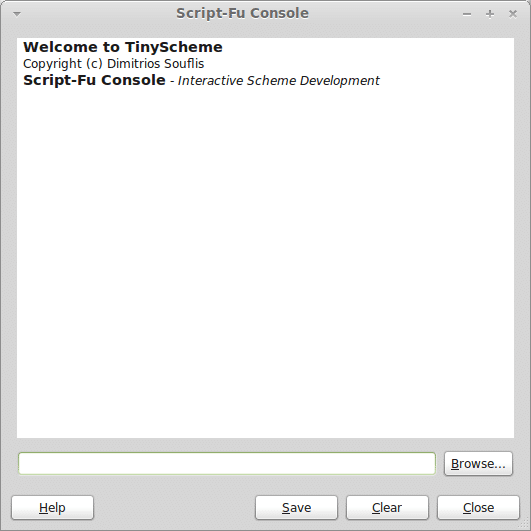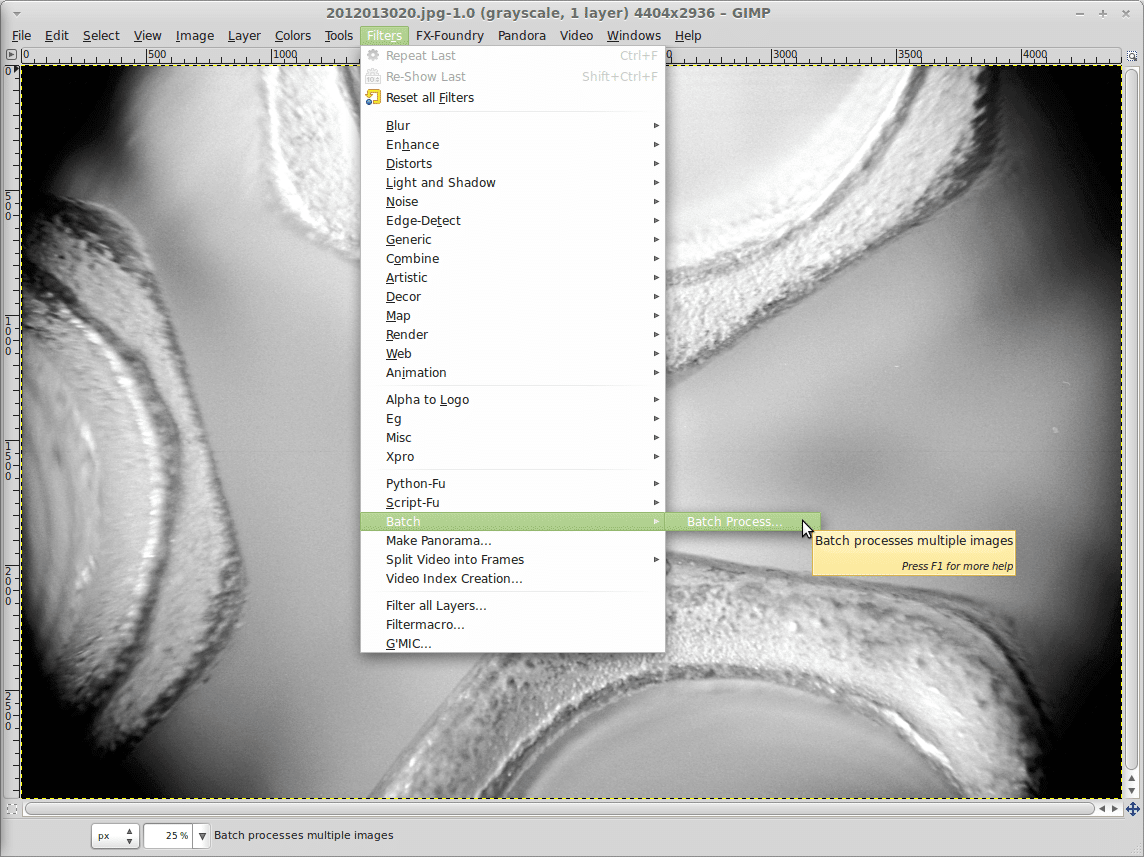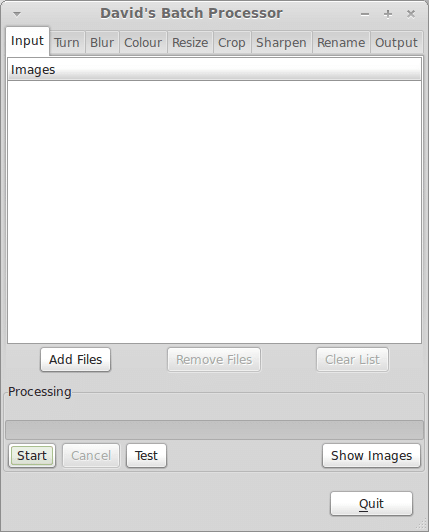Josh66
Been spending a lot of time on here!
- Joined
- Oct 31, 2007
- Messages
- 14,593
- Reaction score
- 1,239
- Location
- Cedar Hill, Texas
- Can others edit my Photos
- Photos NOT OK to edit
Installing Python scripts is a little easier in Linux, since you don't have to worry about installing Python (Python ships with most, if not all, Linux distributions). This should be exactly the same on a Mac, except that I don't think Mac comes with Python on it, so you'll have to install that first.
The first step is to download the script you want to install... The GIMP Plugin Registry is a good place to find plug-ins...
Now, Python scripts end in .py - you might notice that a lot of the scripts you can download end in .txt or .py.txt... All you have to do is change the file name to make it end in .py.
Now, you have to make the file executable. To do this, just right click on it and check off the 'make executable' box under the Permissions tab.
Now, you just have to put that file into the plug-ins folder for GIMP. If you don't know where that is, start GIMP. Go to Edit -> Preferences. Expand the 'Folders' section, then find the plug-ins option. Click on that and it will tell you where the folder is. There are probably two folders (it doesn't matter which one you put the file in, but if you want it to be available to all users, you should put it in the one that starts /usr/share/... NOT the one that starts /home/yourname/...).
You can't just drag and drop the file into the folder (you don't have permission), so you have to do it as root. That is easily done in the Terminal on Mac and Linux. Take note of where the file is now, and where you want to move it to...
Open a terminal and type in the following: sudo mv /home/username/folder_you_put_the_script_in/script.py /usr/lib/gimp/2.0/plug-ins
(Obviously, you'll need to change the location and file name to match whatever it is on your computer.)
Then press Enter, then enter your password. That's it. Next time you start GIMP the new script should be ready to use.
Script-Fu scripts are pretty much the same, except you put them in the Scripts folder, and you don't have to make them executable.
The first step is to download the script you want to install... The GIMP Plugin Registry is a good place to find plug-ins...
Now, Python scripts end in .py - you might notice that a lot of the scripts you can download end in .txt or .py.txt... All you have to do is change the file name to make it end in .py.
Now, you have to make the file executable. To do this, just right click on it and check off the 'make executable' box under the Permissions tab.
Now, you just have to put that file into the plug-ins folder for GIMP. If you don't know where that is, start GIMP. Go to Edit -> Preferences. Expand the 'Folders' section, then find the plug-ins option. Click on that and it will tell you where the folder is. There are probably two folders (it doesn't matter which one you put the file in, but if you want it to be available to all users, you should put it in the one that starts /usr/share/... NOT the one that starts /home/yourname/...).
You can't just drag and drop the file into the folder (you don't have permission), so you have to do it as root. That is easily done in the Terminal on Mac and Linux. Take note of where the file is now, and where you want to move it to...
Open a terminal and type in the following: sudo mv /home/username/folder_you_put_the_script_in/script.py /usr/lib/gimp/2.0/plug-ins
(Obviously, you'll need to change the location and file name to match whatever it is on your computer.)
Then press Enter, then enter your password. That's it. Next time you start GIMP the new script should be ready to use.
Script-Fu scripts are pretty much the same, except you put them in the Scripts folder, and you don't have to make them executable.










![[No title]](/data/xfmg/thumbnail/36/36392-ee7dc51c9be334b9979003f6316db12e.jpg?1734168771)






